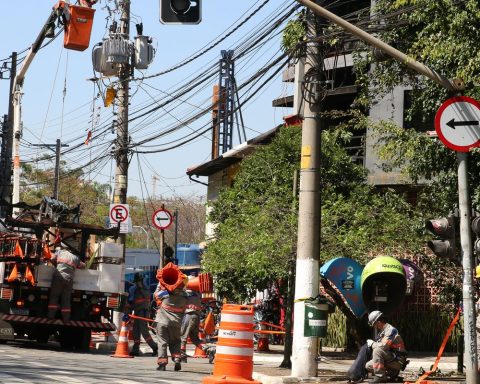57% of Internet of Things (IoT) devices are “vulnerable to medium or high severity attacks”, in most cases because “they do not have the computing capacity for integrated security”, industry experts said .
The Palo Alto lab report held that 57% of the world’s IoT devices are vulnerable to attacks, although they are not a target of cybercriminalsbut as a “springboard for lateral movement to attack other networked systems”.
Experts noted that 41% of attacks take advantage of device vulnerabilities and “password-related attacks continue to be prevalent on IoT devices due to weak manufacturer-set passwords and poor password security practices.”
They also noted that cybercriminals increased the use of botnets to carry out denial of service (Ddos) attacks, through IoT devices, allowing attackers to execute malicious code and perform a variety of attacks simultaneously.
IoT devices goes from soil moisture sensors, to bracelets that send blood pressure data to laboratories or medical centers.
The mode of use of IoT devices in the industrial environment, is a growing trend and it is precisely there where cybersecurity experts mark the importance of reinforcing security layers.
“With so many poorly protected devices in operation, industrial IoT exposes manufacturing companies to high levels of cyber risk,” said Mariano Fernández, head of Iot at BGH Tech Partner.
He added that “IoT has the unique ability to affect both virtual and physical systems: when an attacker compromises an IoT device, it’s just a short hop to other more valuable digital ‘prey’.”
“The suggestion is dDefine a layered defense strategy for hardware, applications, communication layers, and storage that aligns with the security requirements of each organization.no” he added.
According to the company Cisco Systems, the IoT security market will grow US$83,000 by the year 2025, with an average annual rate of 30%.


















